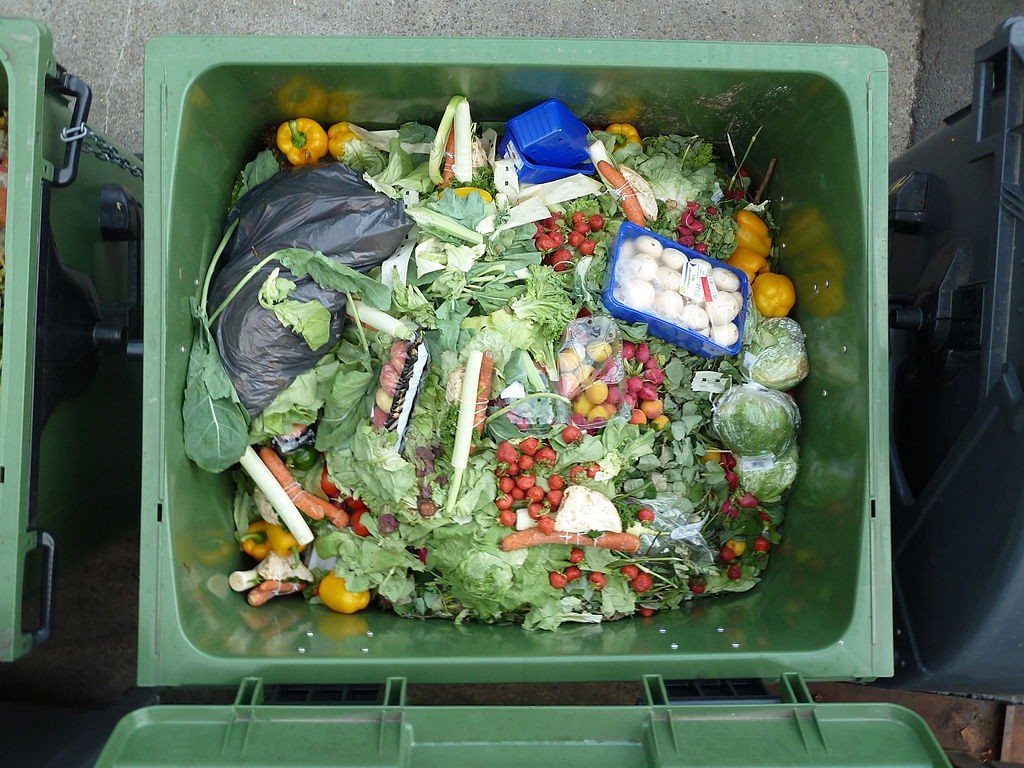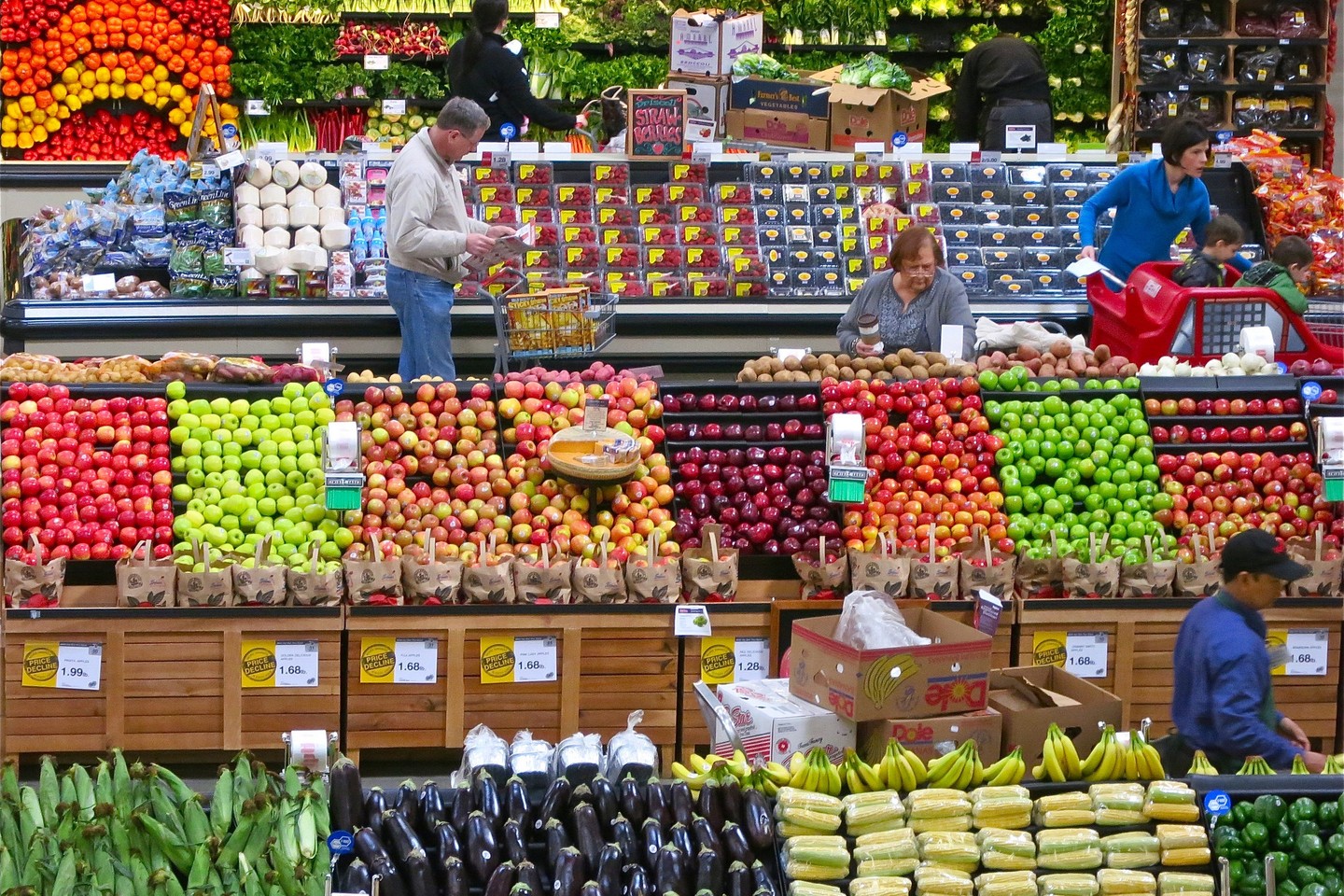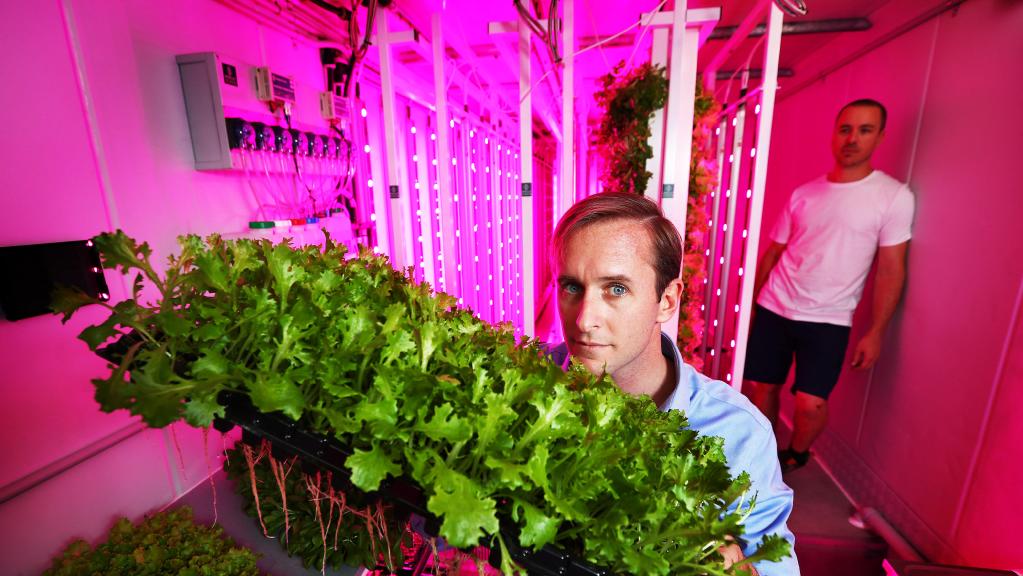Too many leftovers from dinner? Vegetables forgotten in the fridge or cans gathering dust at the back of a cupboard? Instead of tossing them out, why not share them with friends and neighbours and care for the planet at the same time?
That is the premise of OLIO, a mobile phone app founded in Britain and part of a wave of businesses using technology to cut waste and help the environment.
OLIO is the brainchild of two women entrepreneurs aiming to tackle food waste, “one of the biggest problems facing humanity today”.
If that sounds sensationalist, Tessa Cook, the company’s co-founder, can rattle off a list of eye-popping statistics to back up her claim.
Globally, one third of all food produced, worth nearly $1 trillion, is thrown away, and in the UK alone, an average family throws away 700 pounds ($945) worth of food each year.
All of this is “environmentally catastrophic”, Cook said. Not only does it waste land and water to produce it, when left to rot in landfill, food waste releases methane, a greenhouse gas more harmful to the environment than carbon dioxide.
“That whole set up is clearly, absolutely bonkers and needs to be fixed,” Cook told the Thomson Reuters Foundation by phone from London.
And since more than half of food waste occurs at home, it also means consumers can be an important part of the solution.
An app was born
Growing up on a dairy farm in Yorkshire in northern England, Cook said she learnt early on how much hard work goes into producing food.
So when removal workers told the former corporate executive to throw away the leftovers in her fridge – sweet potatoes, a cabbage and some yogurt – while packing to move back from Geneva to London nearly three years ago, the seed of an idea grew.
She set out into the street to find someone to give the food to – but failed.
“I thought, ‘This is perfectly delicious food. I know there is someone within 100 metres who would love it. The problem is they don’t know about it’,” she recalled.
When she discovered there were no mobile apps to share food, Cook teamed up with Saasha Celestial-One, an American former investment banker, to launch OLIO, raising $2.2 million from two rounds of investor funding.
Users download OLIO on their phones, create an account and upload a picture and a short description of the food they want to give away, from bananas to fresh herbs to lactose-free baby powder.
This was originally published by Eco Business.



